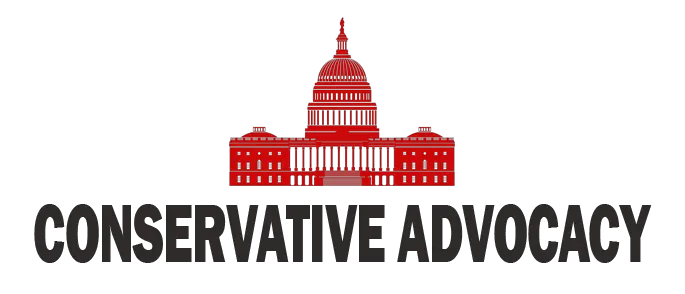In the ever-entertaining circus of global trade, a curious thing has occurred. As opinions collide and folks on both sides of the aisle express their thoughts, there’s a loud echo claiming that tariffs are a no-go for a thriving economy. However, recently, one financial expert set the record straight. It turns out, the old saying about not believing everything you hear rings true when it comes to tariffs.
In a burst of insight, the expert pointed out that history has shown us that tariffs, contrary to popular belief, can work wonders. Flashbacks to the 1920s, anyone? During that decade, tariffs were part of an economic plan that contributed to the U.S. economy’s growth. However, it is important to note that the claim of a 500% market increase is inaccurate. The economy did experience significant growth, but attributing a precise 500% increase solely to tariffs is misleading and not supported by historical evidence. Those old-school moves were cited as evidence that tariffs do not automatically equal inflation. Instead, they can serve as a way to bolster the economy and keep it on track, especially in times of uncertainty.
Fast forward to today, and many folks are scratching their heads, pondering the ongoing negotiations between the United States, Mexico, and Canada. President Trump was active in using tariffs as a strategic tool during his administration, especially in trade deals like the United States-Mexico-Canada Agreement (USMCA), which replaced NAFTA. While some might wonder what this all means for the so-called trade imbalance, it seems the administration was keen on rebalancing things and bringing jobs back to American soil.
The expert continued to emphasize that if American companies are opting to set up shop in Mexico simply to save a few bucks, it leads to complicated supply chains that don’t always make sense. Cars zipping back and forth across borders isn’t the most efficient setup! With a little fine-tuning, these companies could realize that adjusting their business strategies might pay off in the long run.
But wait – let’s not forget about the fashion side of things. Imagine if those stylish silk ties made in Canada suddenly faced a 25% tariff. Would people trade in their chic styles for a comfy American-made look? The expert humorously noted that after 28 years with the same tailor, his fashion relationship is too precious to jeopardize, even in the name of tariffs. After all, who wouldn’t want to keep their wardrobe looking sharp? Yet, that’s just one individual’s perspective woven into the much larger tapestry of trade relations.
In conclusion, global trade dynamics can be as perplexing as they are fascinating. While skeptics might find themselves chanting “terrible tariffs,” it’s clear from history and present-day negotiations that these tools can serve a greater purpose. The only question remains: will the silk ties survive, or will American-made styles take the lead? Only time will tell, and evidently, there’s a whole lot more to this story!




